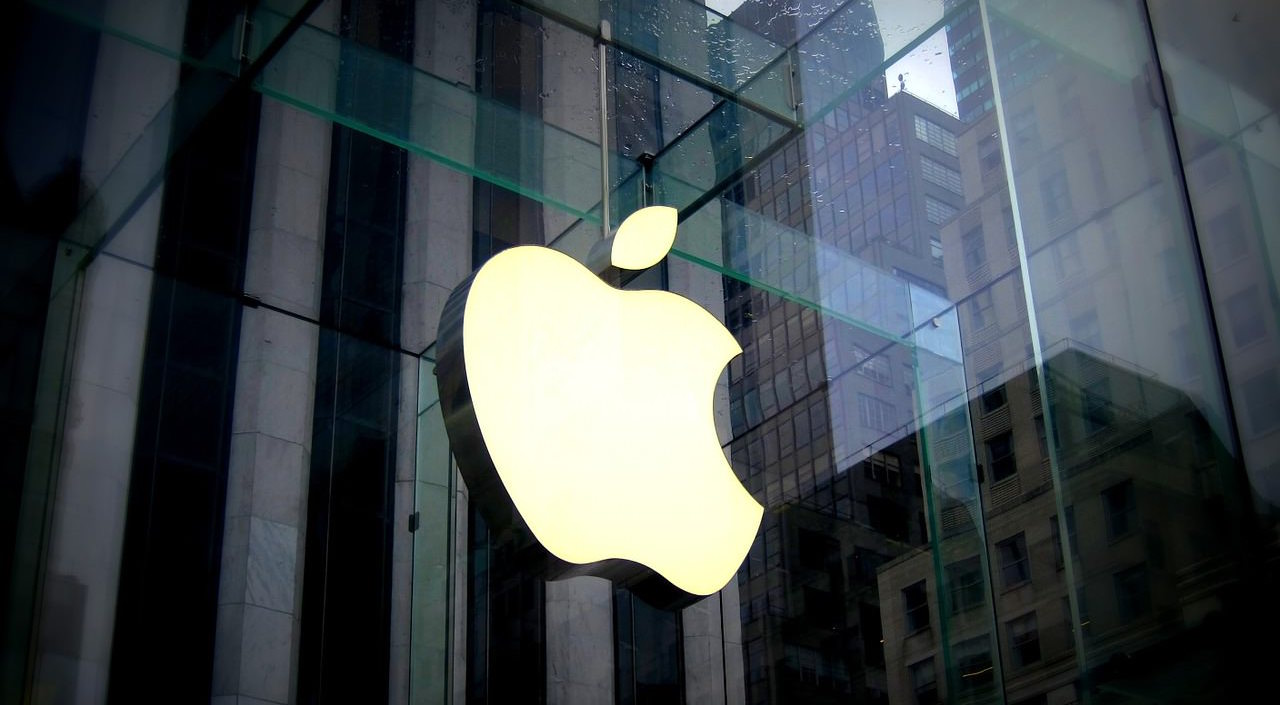by Kathy Jones, Head of Fixed Income, Charles Schwab & Company Ltd
Looking into the second half of the year, we are optimistic that returns will be stronger, but also expect volatility to remain elevated.
Those hopes were dashed by rebounding economic growth and stubbornly high inflation in the first quarter. Consequently, two-year Treasury yields, which tend to closely track expectations about the path of Federal Reserve policy, rose to as high as 5% compared with 4.3% at the start of the year. Similarly, 10-year Treasury yields have risen by about 50 basis points year to date. Volatility has been elevated, reflecting the rapid change in the outlook for interest rates.
Both two-year and 10-year Treasury yields have risen

Source: Bloomberg. Daily data as of 6/7/2024.
U.S. Generic 2-year Treasury Yield (USGG2YR INDEX) and U.S. Generic 10-year Treasury Yield (USGG10YR INDEX). Past performance is no guarantee of future results.
Fixed income investment performance has been mixed so far this year

Source: Bloomberg. Total returns from 12/31/2023 through 6/3/2024.
Total returns assume reinvestment of interest and capital gains. Indexes are unmanaged, do not incur fees or expenses, and cannot be invested in directly. Indexes representing the investment types are: Preferreds = ICE BofA Fixed Rate Preferred Securities Index; HY corporates = Bloomberg US High Yield Very Liquid (VLI) Index; Bank loans = Morningstar LSTA US Leveraged Loan 100 Index; Long-term US Agg = Bloomberg U.S. Aggregate 10+ Years Bond Index; IG floaters = Bloomberg US Floating Rate Note Index; IG corporates = Bloomberg U.S. Corporate Bond Index; US Aggregate = Bloomberg U.S. Aggregate Index; Intermediate-term US Agg = Bloomberg U.S. Aggregate 5-7 Years Bond Index; Municipals = Bloomberg US Municipal Bond Index; Treasuries = Bloomberg U.S. Treasury Index; EM (USD) = Bloomberg Emerging Markets USD Aggregate Bond Index; Securitized = Bloomberg US Securitized Index; Agencies = Bloomberg U.S. Agency Bond Total Return Index; TIPS = Bloomberg US Treasury Inflation-Protected Securities (TIPS) Index; Short-term US Agg = Bloomberg U.S. Aggregate 1-3Years Bond Index; Int. developed (x-USD) = Bloomberg Global Aggregate ex-USD Bond Index. Past performance is no guarantee of future results.
We believe investors should focus on a wide range of fixed income investments for returns in the second half of the year. There is an opportunity to capture yields higher than 5% for the intermediate to long term without taking significantly more credit risk. In our view, a diversified portfolio of investment-grade corporate bonds and government agency mortgage-backed securities with durations in the six- to seven-year time frame offer attractive yields for investors looking for income and potential price appreciation.
Federal Reserve policy: We still expect rate cuts this year
The major factors weighing in favor of rate cuts are our expectations that inflation and economic growth will recede in the second half of the year. Inflation, as measured by the personal consumption expenditure deflator excluding food and energy (core PCE) has fallen steeply from its peak, but progress stalled in the first quarter. Nonetheless, the major drivers of inflation are showing signs of improvement. Rent increases are easing, job growth is slowing, and consumer spending appears to have shifted lower.
Inflation has fallen sharply from its peak

Source: Bloomberg. Monthly data as of 4/30/2024.
PCE: Personal Consumption Expenditures Price Index (PCE DEFY Index), Core PCE: Personal Consumption Expenditures: All Items Less Food & Energy (PCE CYOY Index), percent change, year over year.
Rent increases have slowed

Source: Bloomberg. Quarterly data as of 5/31/2024.
U.S. BLS & Cleveland Fed New Tenant Index Repeat Rent NTRR YoY (CLEVNTRR Index) and U.S. CPI Urban Consumers Owners Equivalent Rent of Residences YoY NSA (CPRHOERY Index).
Average hourly earnings growth has declined

Source: Bloomberg. Data as of 5/31/2024.
US Average Hourly Earnings All Employees Total Private Yearly Percent Change SA (AHE YOY% Index).
Average hourly earnings and the quits rate

Source: Bloomberg. Monthly data as of 4/30/2024.
U.S. Average Hourly Earnings (AHE TOTL Index), JOLTS U.S. Quits Rate (JOLTQUIS Index), from the Job Openings and Labor Turnover Survey (JOLTS) report. Note: Y axis is capped at 8% on the upside and 0% on the downside as there were large outliers in 2020s when the 6-month annualized change in AHE rose as high 12% and fell as much as 3%.
Longer-term yields: Room to decline, but volatility likely to continue
In addition to watching the inflation and labor market data, we are watching the trend in the term premium. Longer-term Treasury yields are the sum of expectations about the path of the fed funds rate plus a risk premium that compensates investors for committing funds for an extended time. Recently that risk premium, also known as the "term" premium, rose sharply but has since retreated.
Nonetheless, it is still well above pre-pandemic levels. After the recent bout of inflation, investors are likely to require a higher risk premium going forward, keeping yields higher than they might otherwise be and higher than pre-pandemic levels.
Term premia have been a factor in driving yields

Source: Bloomberg. Daily data as of 6/7/2024.
Adrian Crump & Moench 10-year Treasury Term Premium (ACMTP10 Index), U.S. Term Premium on 10-year Zero Coupon Bond (KIMWTP10 Index).
Over the long run however, there hasn't been a significant correlation between U.S. Treasury yields and the federal debt or deficit. Despite concerns, demand for Treasuries has remained strong, particularly given the wide yield advantage the U.S. has over the yields in other major developed markets.
The U.S. has a yield advantage versus other developed market countries

Source: Bloomberg. Daily data as of 6/3/2024.
Bloomberg U.S. Aggregate Bond Total Return Index (LBUSTRUU Index) and Bloomberg Global Aggregate (LG38TRUU Index). Yield to worst is the lowest possible yield that can be received on a bond with an early-call provision. Past performance is no guarantee of future results. Indexes are unmanaged, do not incur management fees, costs and expenses and cannot be invested in directly.
Opportunities in fixed income: Look beyond Treasuries
Yield change needed to produce zero total return

Source: Bloomberg. Data as of 6/7/2024. For illustrative purposes only.
US Treasury Actives Curve (YCGT0025 Index).
Long-term yields are lower than short-term yields

Source: Market matrix U.S. sell 3-month and buy U.S. 10-year bond yield spread (USYC3M10 Index). Daily data as of 6/7/2024.
Note: This spread is a calculated Bloomberg yield spread replicating selling the current 3-month U.S. Treasury Note and buying the current 10-year U.S. Treasury Note, then factoring the differences by 100. Gray bar represents the February-April 2020 recession.
Real yields are at the highest levels in years
In sum, we look for returns in the second half of the year to be positive even if Federal Reserve policy stays the same as it has been in the first half. We're just hoping for a lot less volatility along the way.

Source: Bloomberg. Daily data as of 6/7/2024.
US Generic Govt TII 2 Yr (USGGT02Y INDEX), US Generic Govt TII 10 Yr (USGGT10Y Index). Past performance is no guarantee of future results.
Look beyond Treasuries when extending duration
However, there are areas of the fixed income markets that can provide yields as high as short-term Treasuries at longer maturities. As the chart below illustrates, an investor looking to lock in yields above 5% for a longer time frame could choose investment-grade corporate bonds or government agency mortgage-backed securities. Those willing to take more duration and/or credit risk could consider preferred securities as well. In other words, it's possible to build a portfolio that generates yields over 5% for seven to 10 years, barring default.
Various fixed income investments have yields near or above 5%

Source: Bloomberg, as of 6/3/2024.
Indexes represented: Treasury bills = Bloomberg US Treasury Bills TR Index, Intermediate-term Treasuries = Bloomberg US Intermediate Treasury TR Index, U.S. Aggregate Index = Bloomberg US Aggregate TR Index, Agency MBS = Bloomberg US MBS Index, IG Corporates = Bloomberg US Corporate Bond Index, Preferred Securities = ICE BofA Fixed Rate Preferred Securities Index. Yields shown are the average yield-to-worst. Indexes are unmanaged, do not incur management fees, costs and expenses and cannot be invested in directly. Past performance is no guarantee of future results.
Key takeaways:
- We expect interest rates to trend lower in the second half of the year. The inverted Treasury yield curve reflects that expectation. Two-year Treasury yields, which reflect market expectations for the federal funds rate one year in the future, are likely to remain below 5% and could ease back to the 4.25% to 4.40% region as expectations for Fed rate cuts shift. Ten-year Treasury yields have room to move down to the 4.0% to 4.25% region, in our view. That would still likely leave the Treasury yield curve inverted at lower levels.
- Expect continued volatility. While we are expecting the Fed to cut the federal funds rate this year, the reason for the rate cuts is important to assessing the magnitude of easing. Inflation and employment data are the key indicators to assess the magnitude of Fed rate cuts.
- Consider extending duration with higher-credit-quality fixed income investments. Given our expectation that interest rates are heading lower, we continue to suggest extending duration. Timing the interest rate cycle is difficult, but current yields look attractive enough to us to warrant increasing duration. A diversified portfolio of fixed income investments with higher credit quality can help investors capture attractive yields with the potential for positive total returns.















